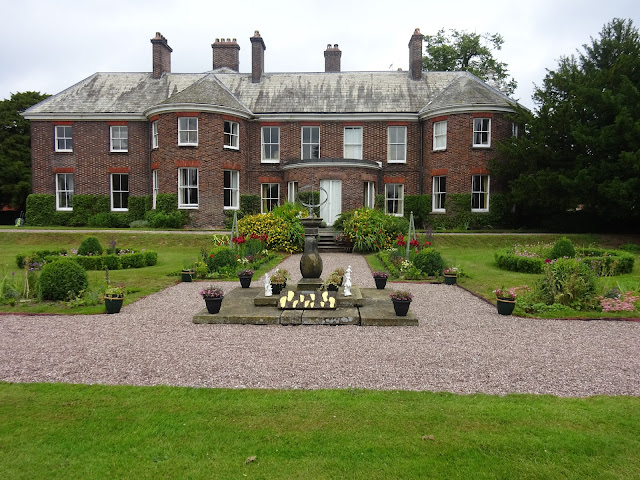Research, grottos, and a bit in the news
 |
| The parterre in July, looking lovely |
 |
| First passion flower (Passiflora caeruria) |
 |
| Stunning lily 'Three County' |
 |
| Knifophis 'Vanilla Popsicle' |
 |
| Lemon marguerite |
What began as a blog charting the restoration of 10 acres of pleasure gardens dating back to 1716, became a blog about the Brown family's fight to save Betley Court after the devastating fire of 2019.
 |
| The parterre in July, looking lovely |
 |
| First passion flower (Passiflora caeruria) |
 |
| Stunning lily 'Three County' |
 |
| Knifophis 'Vanilla Popsicle' |
 |
| Lemon marguerite |
Comments
Post a Comment